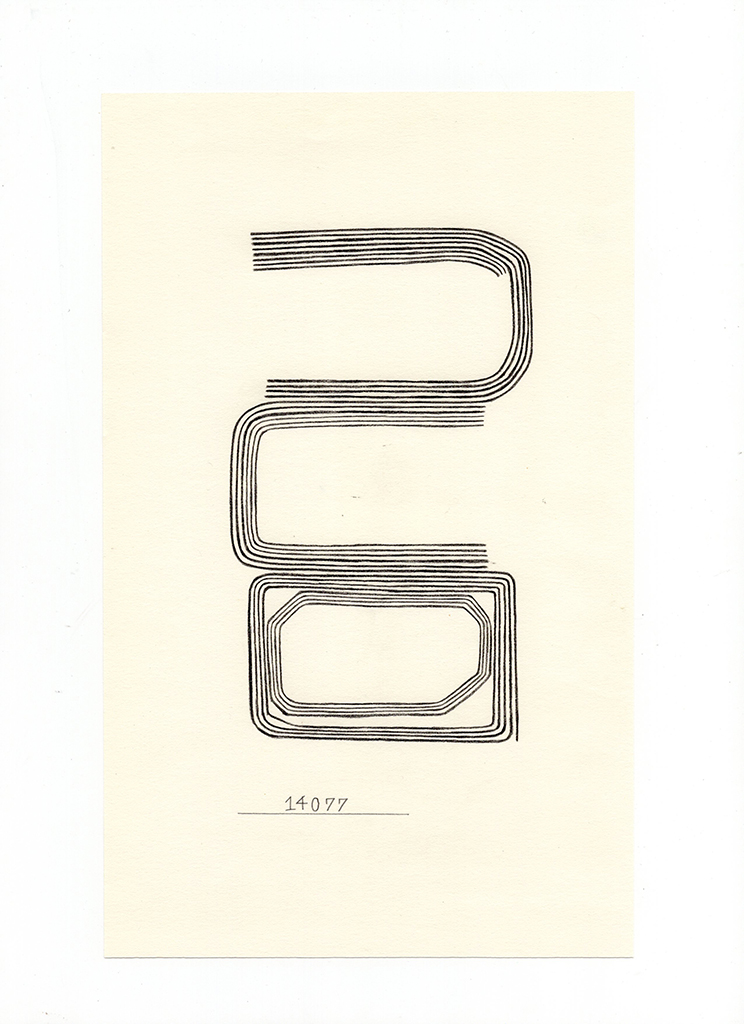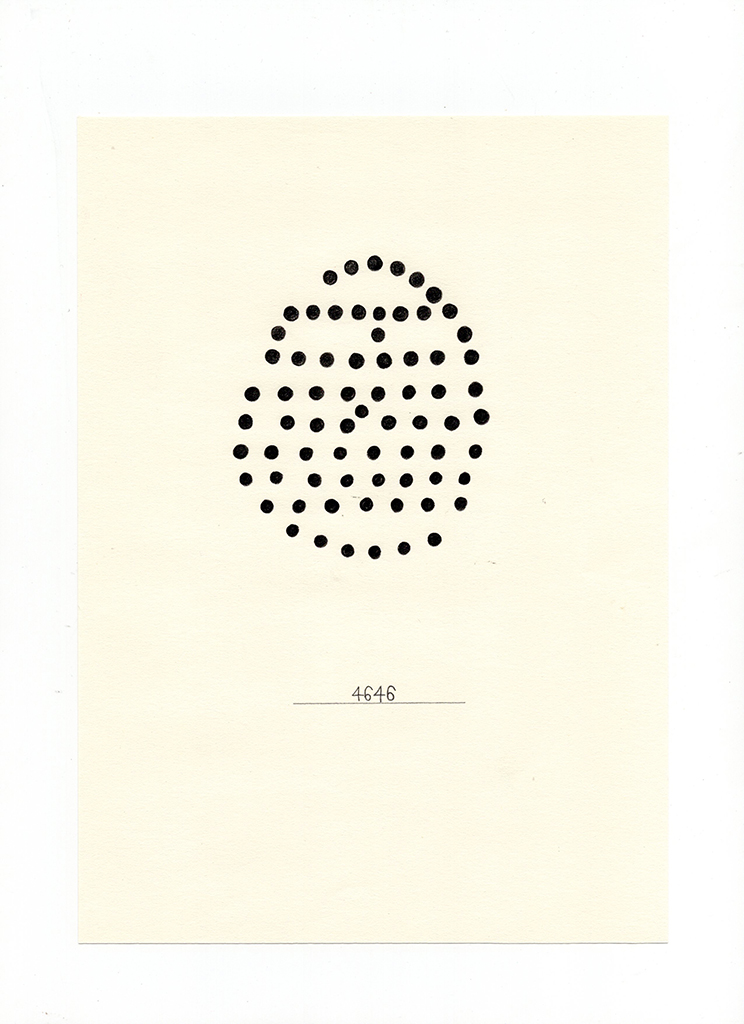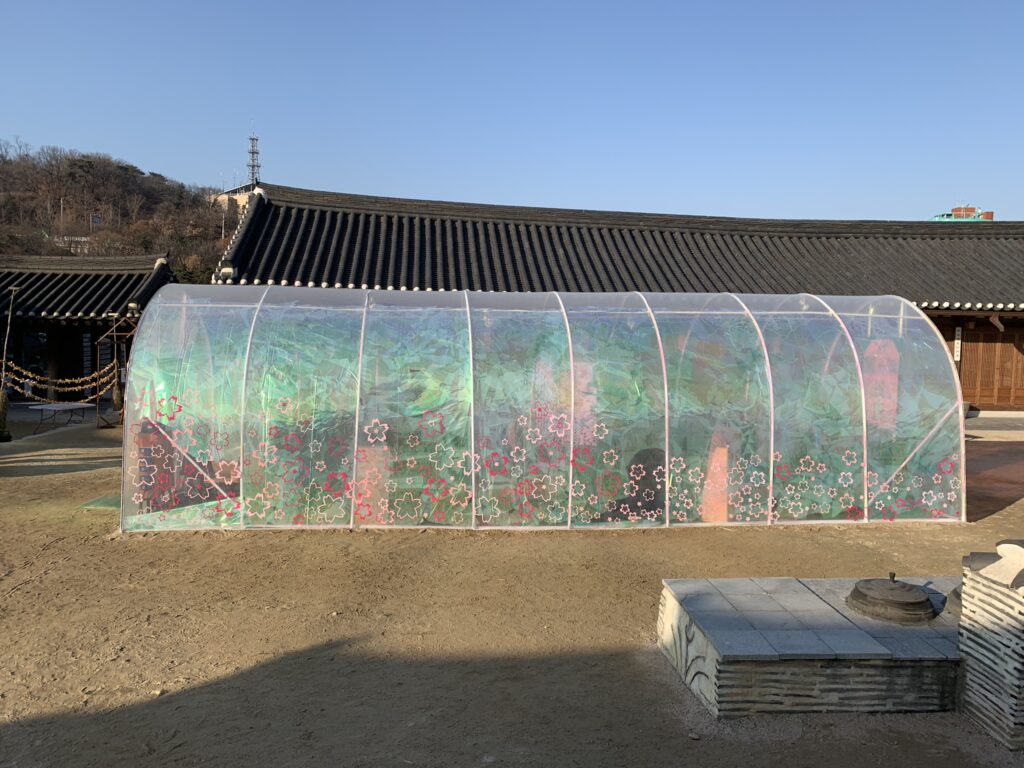
Cartographies of the Springtime, 2018
Digital print on paper, 1000 x 1500 mm

Gugusorando 2018-2019
Group exhibition
Namsangol Hanok Village
Seoul, South Korea
22 December 2018 to 22 March 2019














Gugusorando is a wordplay in Korean of Guguso’h’ando. ‘Gugu’ means nine by nine (so that means 81), ‘Sohan’ means enduring the cold weather, ‘Do’ means a picture. Gugusohando is a poetic and playful genre of traditional painting in Korea. There had been various versions of Gugusohando, the rule of Gugusohando is drawing a mark every day from the winter solstice for 81 days. The mark can be anything, but basically, the mark is a plum flower, which is known as a flower blooming in harsh weather of late winter, regarded as a messenger of spring. By replacement ‘Sohan’ to ‘Soran'(which means making noise), the title shows each four artists evokes the new image of spring by reinterpreting the tradition, redefining the meaning of ‘spring’, and rethinking about the right form of the daily practice.
1
Gugusohando is often hung on Chang-ho, a kind of traditional Korean door made of wood and paper. Chang-ho allows light to come inside the room; it’s made possible by Han-ji, a traditional Korean paper which is attached to the lattice door. Han-ji is thin enough to let light in, but it’s still opaque, so you can’t see the outside clearly. You only see the shadows of the outer world.
2
Now you can picture what it’d be like if you were sitting inside a Hanok, a traditional Korean home. I imagined a scene, it was a starting point of my work, Cartographies of Springtime.
On the day of the winter solstice, on the longest night of the year, I am sitting inside a Hanok. It’s warm and cozy inside, but I am just staring at the door. I want to open the door and explore the world, but it must be deadly freezing outside. I am small and not ready yet. I am waiting for spring.
3
The design of a Chang-ho frame has various variations, and a Jung-ja-sal frame is one of them. It consists of horizontal and vertical axes: It is the same with the coordinates, which share that shape.
4
Fu福: Good luck, and Shou壽: Longevity. These Chinese characters have been used as patterns to decorate traditional items. It’s believed that these words that are pictures have the power to make universal desires become reality.
5
Cartographies of Springtime is a reconstructed landscape by ideograph on the coordinate frame; Coded wishes; A guide to the domain I am not allowed to be there yet; A permission to have a glance at one’s kernel of truth; A prophecy, a prediction and a forecast of fear; A map represents the hope.
문 밖을 나서지 못하는 마음을 생각해 봅니다. 동짓날 그 깊고 어두운 겨울 밤에, 방 안에 앉아 닫힌 문을 바라봅니다. 봄이 오면 그 문을 열고 나가서, 당신은 어떤 풍경을 보고 싶나요? 어떤 풍경 위에 서고 싶나요? 그 풍경 위에 걸맞는 자신이 될 수 있을까요?
구구소한도는 종종 창호문에 붙여졌다고 합니다. 전통 창호문의 다양한 문살 무늬 중, 정자살 무늬가 있습니다. 정자살 무늬는 마치 지도의 좌표를 닮았습니다. 그 지도 위에 그려진 구구소한도는 봄이라는 희망입니다. 우리의 보편적인 소원들 – 행복과 건강을 바라는 염원을 담아 우리 조상들은 길상무늬를 그렸습니다. <봄의 지도>는 길상무늬로 재구성된 풍경이며, 정자살 무늬가 좌표화 되어 위치를 가리키는, 그리하여 ‘갈 수 있는’ 풍경입니다. 내가 가고싶은 그 봄의 시간들로 찾아 갈 수 있는 지도입니다.
빛이 스미는 창호문에 봄의 환영이 비쳤을까요. 계절의 끝과 시작의 경계에, 마지막으로 주어진 고요한 시간. 기다림이 졸여져 불안이 되지 않게, 마음을 다듬으며 81일간 채워온 지도를 따라 실제의 풍경 위에 설 수 있는 봄이 되기를 바랍니다.



Courtyard of Namsangol Hanok Village
<구구소란도(九九騷亂圖)>는 긴 겨울 추위 속에서도 풍류를 즐기던 옛 선비들의 ‘구구소한도(九九消寒圖)’를 재현한 야외전시이다.
옛 선비들은 동짓날부터 81일 동안 81송이의 매화 그림 ‘구구소한도’를 그리며 봄을 기다렸다고 하며, 이는 동지를 기점으로 9일마다 추위가 누그러져, 9번째 9일이 지난 81일이 되면 봄이 온다고 생각했기 때문이다. 이번 ‘구구소란도’ 전시는 각기 다른 분야에서 활동하는 아티스트들의 ‘구구소한도’ 작품을 한 공간에 모아 하나의 ‘소란(騷亂)’을 만들어내 봄을 기다린다는 의미를 관객들에게 전한다. 황나경, 남무현, 손정민, 우주만물 등 4인의 작가가 참여해 그래픽디자인, 일러스트, 자수 등 현대적 형식을 통해 ‘구구소한도’를 현대적인 감각으로 재해석 하였다.
참여작가
황나경, 남무현, 손정민, 우주만물
주최: 서울특별시
주관: 남산골한옥마을, (주)쥬스컴퍼니